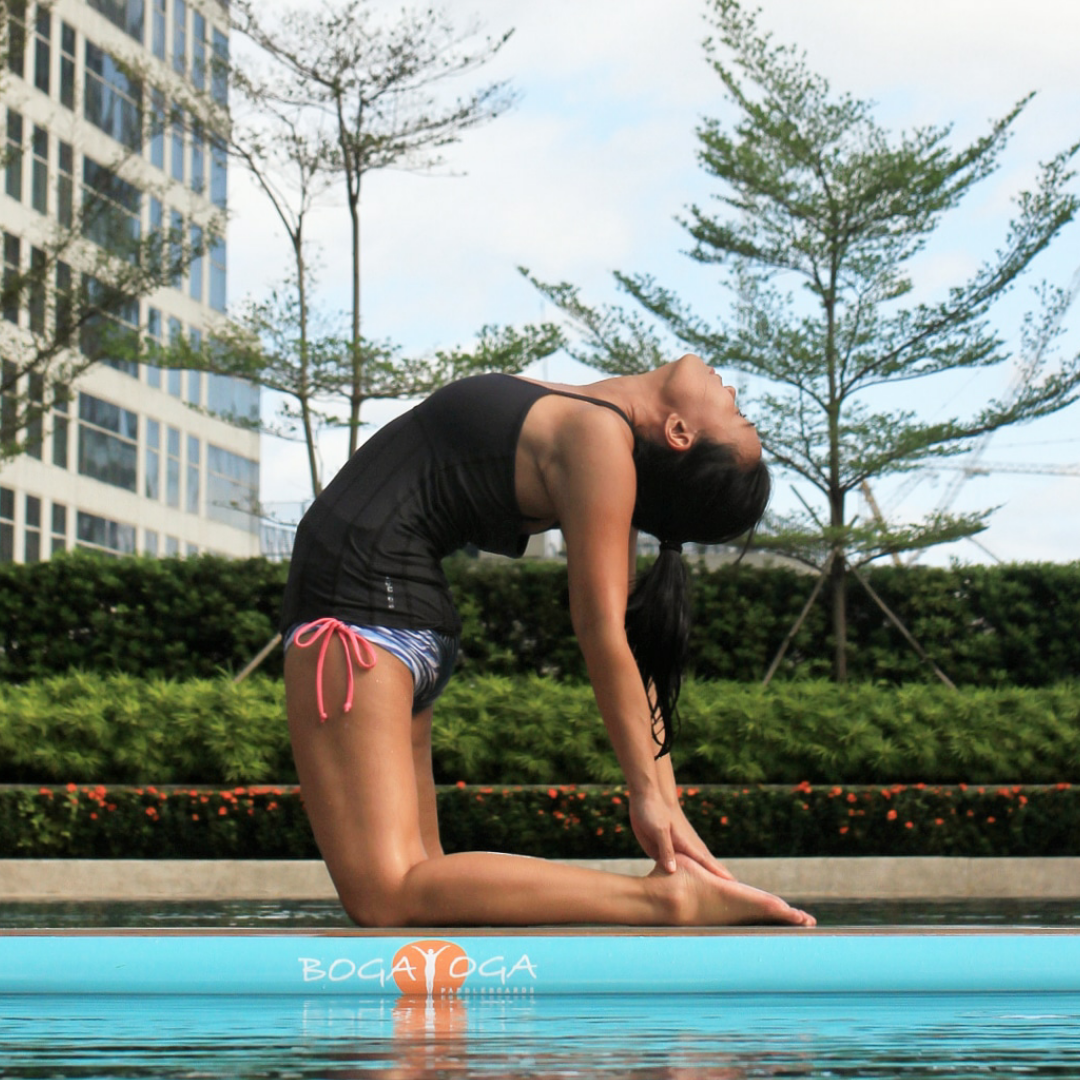
12 Dec Asana As A Method Of Releasing Past Conditioning
Many obstacles to knowing one’s true nature are manifested in the body, for example disease, sluggishness, and dullness. The body profoundly influences and, if in bad condition, impinges on the functioning of mind and intellect. Through the practice of yoga asanas the body is made “strong and light like the body of a lion,” to quote Shri K. Pattabhi Jois. Only then will it provide the ideal vehicle on the path of yoga.
As the Yoga Sutra explains, every thought, emotion, and experience leaves a subconscious imprint (samskara) in the mind. These imprints determine who we will be in the future. According to the Brhad Aranyaka Upanishad, as long as liberation is not achieved, the soul, like a caterpillar that draws itself from one blade of grass over to the next, will, by the force of its impressions in this life, reach out and draw itself over to a new body in a new life.
This means that the body we have today is nothing but the accumulation of our past thoughts, emotions, and actions. In fact our body is the crystallized history of our past thoughts. This needs to be deeply understood and contemplated. It means that asana is the method that releases us from past conditioning, stored in the body, to arrive in the present moment. It is to be noted that practicing forcefully will only superimpose a new layer of subconscious imprints based on suffering and pain. It will also increase identification with the body. In yoga, identification with anything that is impermanent is called ignorance (avidya).
This may sound rather abstract at first, but all of us who have seen a loved one die will remember the profound insight that, once death has set in, the body looks just like an empty shell left behind. Since the body is our vehicle and the storehouse of our past, we want to practice asana to the point where it serves us well, while releasing and letting go of the past that is stored in it.
Yoga is the middle path between two extremes. On the one hand, we can go to the extreme of practicing fanatically and striving for an ideal while denying the reality of this present moment. The problem with this is that we are only ever relating to ourselves as what we want to become in the future and not as what we are right now.
The other extreme is advocated by some schools of psychotherapy that focus on highlighting past traumas. If we do this, these traumas can increase their grip on us, and we relate to ourselves as we have in the past, defining ourselves by the “stuff that’s coming up” and the “process that we are going through.” Asana is an invitation to say goodbye to these extremes and arrive at the truth of the present moment.
How do past emotions, thoughts, and impressions manifest in the body? Some students of yoga experience a lot of anger on commencing forward bending. This is due to past anger having been stored in the hamstrings. If we consciously let go of the anger, the emotion will disappear. If not, it will surface in some other form, possibly as an act of aggression or as a chronic disease.
Other students feel like crying after intense backbending. Emotional pain is stored in the chest, where it functions like armor, hardening around the heart. This armor may be dissolved in backbending. If we let go of the armor, a feeling of tremendous relief will result, sometimes accompanied by crying.
Extreme stiffness can be related to mental rigidity or the inability to let oneself be transported into unknown situations. Extreme flexibility, on the other hand, can be related to the inability to take a position in life and to set boundaries. In this case, asana practice needs to be more strength based, to create a balance and to learn to resist being stretched to inappropriate places.
Asana invites us to acknowledge the past and let it go. This will in turn bring us into the present moment and allow us to let go of limiting concepts such as who we think we are.
Source: “Ashtanga Yoga: Practice and Philosophy” by Gregor Maehle

No Comments